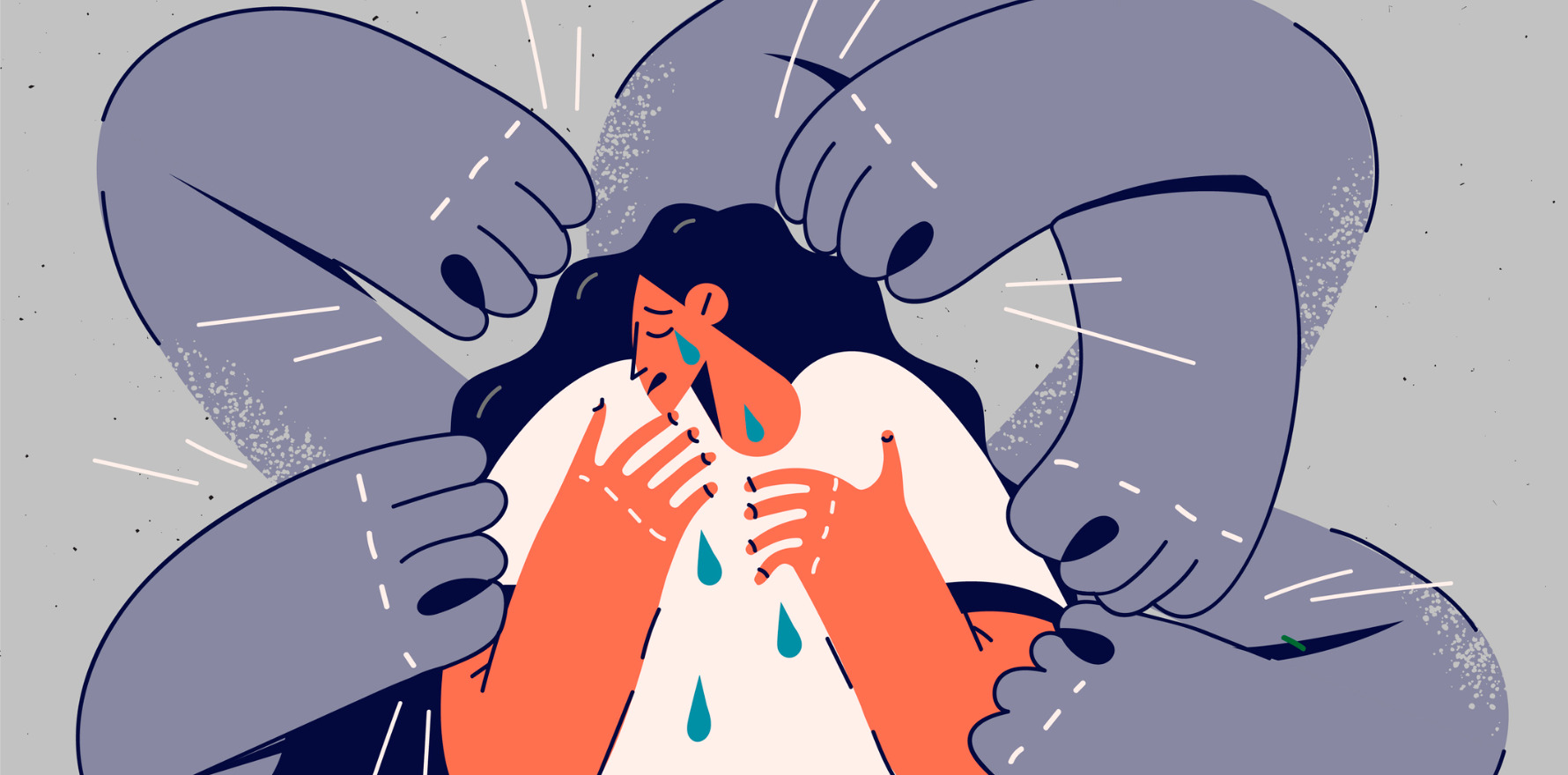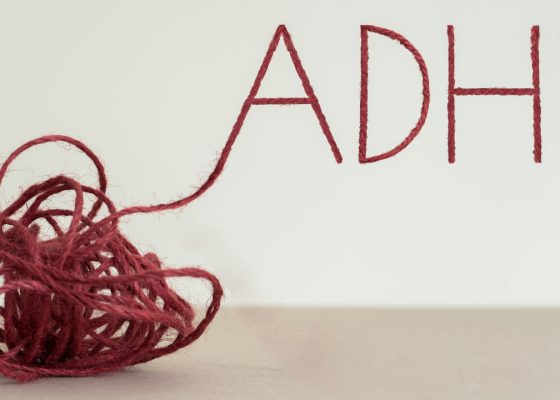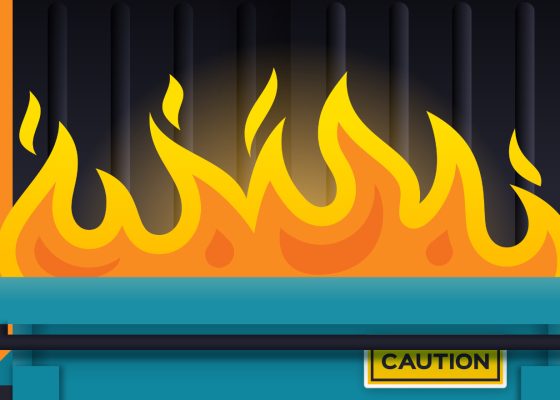New AIHW data shows certain age groups are increasingly vulnerable.
There were close to 26,900 hospitalisations due to intentional self-harm in Australia in 2021-22, almost a third of them in Queensland, according to new data from the AIHW.
The Intentional self-harm hospitalisations update showed that, alarmingly, the rate for Northern Territory females in the 0–24 age group more than tripled between 2008-09 and 2021-22, from 98 to 345 per 100,000.
In Queensland the rate has more than doubled for females in this age group (158 per 100,000 in 2008–09 to 344 in 2021–22).
For males aged 24 and below over the same period, the rates of intentional self-harm hospitalisations doubled from 90 per 100,000 to 189 in the Northern Territory and from 68 to 105 in Queensland, while other jurisdictions remained relatively stable.
New South Wales reported an increase in 2016-17 (130 per 100,000), but numbers have since fallen to 97 in 2017–18 and 68 in 2021–22.
Queensland reported a similar pattern with an increase between 2008-09 and 2020-21 (133 and 182 per 100,000), before decreasing in 2021-22 (161).
The rate of intentional self-harm hospitalisations rose dramatically for females aged 15-19 from 2008-9 to 2021-22 – from 374 to 637 per 100,000.
Between 2011–12 and 2012–13, Victoria reported a substantial decrease in the rate of hospitalisations due to intentional self-harm from 120 to 78 hospitalisations per 100,000. This may reflect a change in Victoria’s emergency department admission policy.
Deaths by suicide remained most prevalent in middle-aged men.
In 2021, the rate of suicide per 100,000 people was 12.0, down from 13.2 in 2017. The number of deaths by suicide tended to be lower in Victoria and NSW, and highest in the Northern Territory.
The report also underlined that in 2021, one in six Australians had “serious thoughts about taking their own life at some point in their lives”. Just under 8% (7.7%) of Australians aged 16-85 had made a suicide plan, and 4.8% had attempted suicide during their lifetime.
Females were 4.2% more likely to have suicidal thoughts or tendencies during their lives, but men were more likely than females to die by suicide.
The death rate by suicide of males increased from 16.2 deaths per 100,000 in 2011 to 18.2 in 2021. The corresponding rates for females increased, from 5.1 deaths per 100,000 people in 2011 to 6.1 in 2021.
The data revealed that females were almost twice as likely to be hospitalised for intentional self-harm compared to males, even though deaths by suicide were more common in males than females, a trend that has become more prevalent in the last decade.
Even though deaths by suicide are more prevalent in men aged 40-54 (accounting for 25% of male suicides), data relating to ambulance attendance rates showed that attendances for suicidal ideation, self-injury and suicide attempts were most prevalent in the 15-19 and 20-24 age bracket. For suicide attempts and self-injury, ambulance attendances were 3 times more common in females than in males.
Females who died by suicide were more likely to use health services in the year before their death, with 71% having a PBS mental health prescription compared to 50% of males. Forty-seven percent of females were admitted to hospital in the last year of their life, compared with 44% of males.
Forty-nine percent of those in the 15-64 age bracket who died from suicide did not have any contact with a hospital, compared to 24% of those who died by other causes.
Hospitalisations relating to intentional self-harm increased in very remote areas – from 172 to 193 hospitalisations per 100,000 – and remote areas – from 146 per 100,000 to 160) from 2012-13 to 2021-22.
The report noted that the Southwestern Sydney PHN area had the lowest rate of hospitalisations (238 per 100,000) due to intentional self-harm in 2021-2022, while the Northern Territory PHN area had the highest rate of hospitalisations (238 hospitalisations per 100,000). Across Australia, the rate of hospitalisations due to self-harm was 105 per 100,000.




